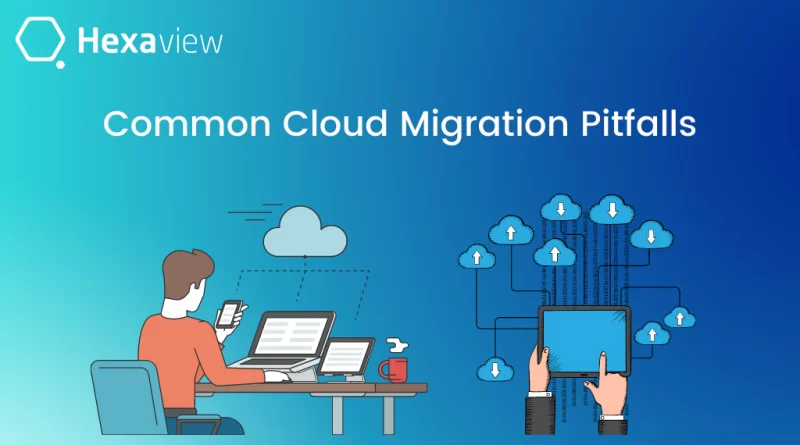Common Cloud Migration Pitfalls to Avoid
Cloud migration is the process of moving or migrating data, applications, or other business elements to a cloud computing environment. Remote transitions in the COVID 19 times are a great lesson for all of us that the business infrastructure should be scalable, flexible, and reliable. This COVID 19 pandemic has led to a rise in the cloud migration process, but the implementation remains a struggle for many companies. The method of migrating to the cloud for a company comes with multiple challenges. Considering it was their first step into the cloud, they are not familiar with the specific business landscape to follow in the future.
Sometimes these cloud migrations’ journeys can go wrong when not planned strategically. These migration mistakes can cost the enterprise money and time and eliminate or reduce any expected increases in agility, speed, and cost savings.
So, In this blog, let’s discuss the common mistakes to avoid when planning your cloud migration journey.
Inadequate Team Training
Cloud services provide scalability & agility and are easy to use. But according to Gartner, inadequate skills among team members is one of the main reasons that delay the cloud adoption by two years or more. Cloud migration involves new tools and new adaptations to existing processes. So, the existing teams and resources should be given training when you plan your migration journey. You can train the existing teams based on their job role and the demands of the organizations. Training current teams will be more cost-effective than bringing on qualified cloud personnel with the requisite. Your existing team should be familiar with cloud computing security best practices, such as CISSP certification that is highly recommended for your security team members.
Neglecting Cloud Security
Data security should remain the top priority for any business, whether it is on-premise or cloud-based. However, data migration to a cloud computing environment can sometimes be confusing and lead to a misconfiguration in servers, leading to potential cyber threats. When you move data into a cloud environment, you cannot simply assume that it will be secure. Although the cloud providers implement multiple security measures to protect their cloud environment, you are also responsible for cloud security. Each provider’s service level agreement (SLA) will outline the specific responsibilities of your enterprise and the cloud vendor.
Estimating Cloud Migration Costs and Timelines Poorly
Organizations often have to bear the hefty cost of the legacy server and the hardware involved in the on-premise data center. Companies that migrate to the cloud often vastly reduce their spending on IT operations since the cloud providers handle maintenance and upgrades. But before starting the cloud migration journey, the organization must analyze and assess the cloud-readiness of their applications. With an assessment, the organization can determine which operations are suitable for cloud migration, which may require redesign and best-left on-premises. You will have to assign a different cost for each migration scenario and estimate the time and cost needed to move your data into a cloud computing environment. Sometimes, companies forget to include the cost and time estimation for cloud migration, which can cause them further delay in timelines, thus affects the profit.Â
Lack of Proper Strategy and Business goals
When organizations decide to migrate to the cloud, they often remain unclear about the purpose they are planning to move to the cloud. Cloud migration for any organization must be a well-defined process. Organizations should know the challenges and pain points for which they are planning to shift their operations to the cloud, such as the high cost of the legacy server, to increase the scalability and agility of the business. So each of these purposes requires a different approach suited to their condition. You can discuss your pain points and challenges with a cloud consulting service provider that can provide you with a better solution.
Conclusion
The above-mentioned cloud migration failure can make your cloud adoption a cumbersome task. Thus, the organizations should describe their requirements and objectives to the cloud computing consulting services provider, which can make your cloud migration journey successful.




